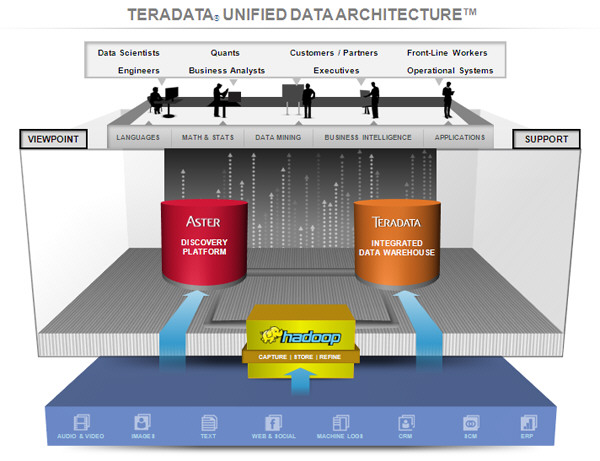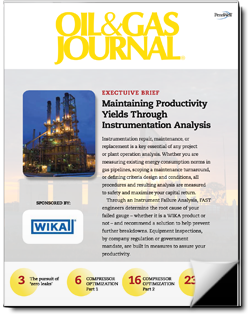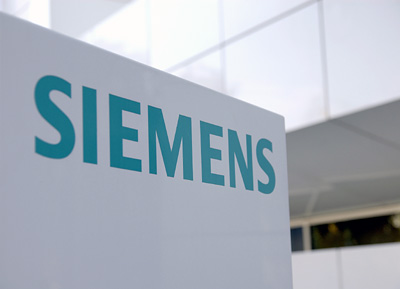|
Siemens, Teradata partner on big data for smart grids
Siemens Smart Grid Division and Teradata announce a global strategic cooperation in the field of big data. Through this
collaboration Siemens Smart Grid further optimizes its portfolio of solutions which will provide energy utilities with a much
higher level of transparency on the status and activities in their networks. This will enable the customers of Siemens Smart
Grid to improve reliability of their infrastructure and to run their grids more efficiently in an increasingly cost-sensitive
environment.

"Based on the broadest smart grid technology portfolio and our leading position in energy automation and meter data
management, we know which data are key to an optimized operation of networks. Combined with Teradata's expertise in analytic
data solutions, we can provide our customers with relevant and valuable information allowing them to make faster and
significantly more informed decisions," said Dr. Jan Mrosik, CEO of Siemens' Smart Grid Division.
Teradata's Unified Data Architecture™ (UDA) is a secure and cost-effective framework for smarter data
management, processing, and analytics that enables utilities to exploit all their big data – as huge quantities of data are called today. Data of
this scale are generated when utilities operate infrastructure which the Siemens Smart Grid Division has upgraded from
traditional networks to smart grids, with enhanced automation, new sensor technology, communication systems, and software
applications. A good example are Smart Meter: 1,000,000 of these devices alone can produce a data volume of up to several petabyte a year. According to IMS Research today there are 178 million smart meters for energy installed, until 2016 this
number is expected to rise to 343 million.
While utilities face an increasingly challenging business environment, the emerging IT evolution in the energy sector is
proving to be a key competitive solution for utilities. To remain competitive and able to meet ever changing regulatory and
economic requirements, utilities have to utilize both technological and commercial data generated at ever shorter intervals
to optimize their systems. Only the ability to collect, organize and analyze this volume and variety of high-velocity data in
a way relevant and accessible to business will bring real value to utilities.
Teradata customers such as Southern California Edison and Oklahoma Gas and Electric already manage and analyze large data
volumes to deliver the services that keep them at the forefront of the industry. Utilities can quickly assess costs and time
needed to restore power if there is a blackout, and thus proactively provide their customers with better information. Queries
about transmission losses relative to manufacturer types, geographical locations, and weather conditions will enable better
planning of networks and load flows. Maintenance can be performed based on data about actual wear, rather than on a fixed
cycle. Through the implementation of geographical data their workforce can be deployed more efficiently.
Siemens and Teradata will be the first to offer end-to-end integration of operational data with smart meter data for analysis
on a single platform, providing an entirely new view on the network. The companies are jointly developing data models -
including providing further enhancements to Teradata's industry leading Utilities Logical Data Model, the fundamental
building block for utilities data analytics. The Teradata Utilities Logical Data Model provides the structure and
standardization to address crucial business questions, makes data accessible, enables data to be reused in other
applications, and allows fast and accurate communication with customers and regulators.
"Of course, just collecting and storing data doesn't drive a cent of value to a utility's bottom-line or help a utility's
customers understand their energy consumption," said Hermann Wimmer, President, International, Teradata. "By integrating
their data and running their analytics on the Teradata platform, utilities can apply intelligence to networks and use meter,
asset and other sources of data to gain operational efficiency, improve service and increase customer satisfaction. That is
where the value lies."
Source: Siemens AG
Published in PennEnergy
April 24, 2013
|
PennEnergy
Weekly
Video News

.
Oil
& Gas Journal:
Worldwide more than 100,000
paid subscriptions
Learn
more
.
OGJ
Executive Briefs 
.PennWell Petroleum Group:
OGJ - Oil & Gas Journal
OGJ_eNewsletter
Offshore Magazine
Offshore eNewsletter
Oil & Gas Financial Journal
Oil, Gas & Petrochem
OGJ Russia
OGJ LatinoAmericana
PennEnergy
PennEnergy-eNewsletter
+ + +
For more information, media
kits or
sample copies please contact
wilhelms@pennwell.com
www.sicking.de
|



